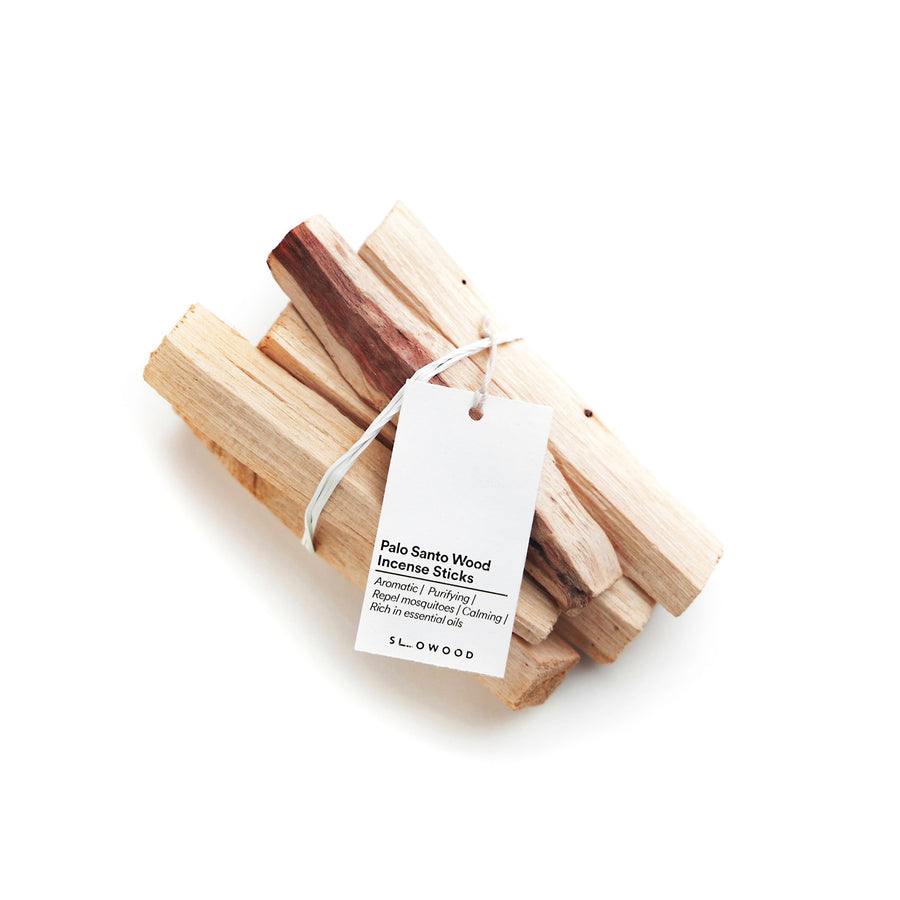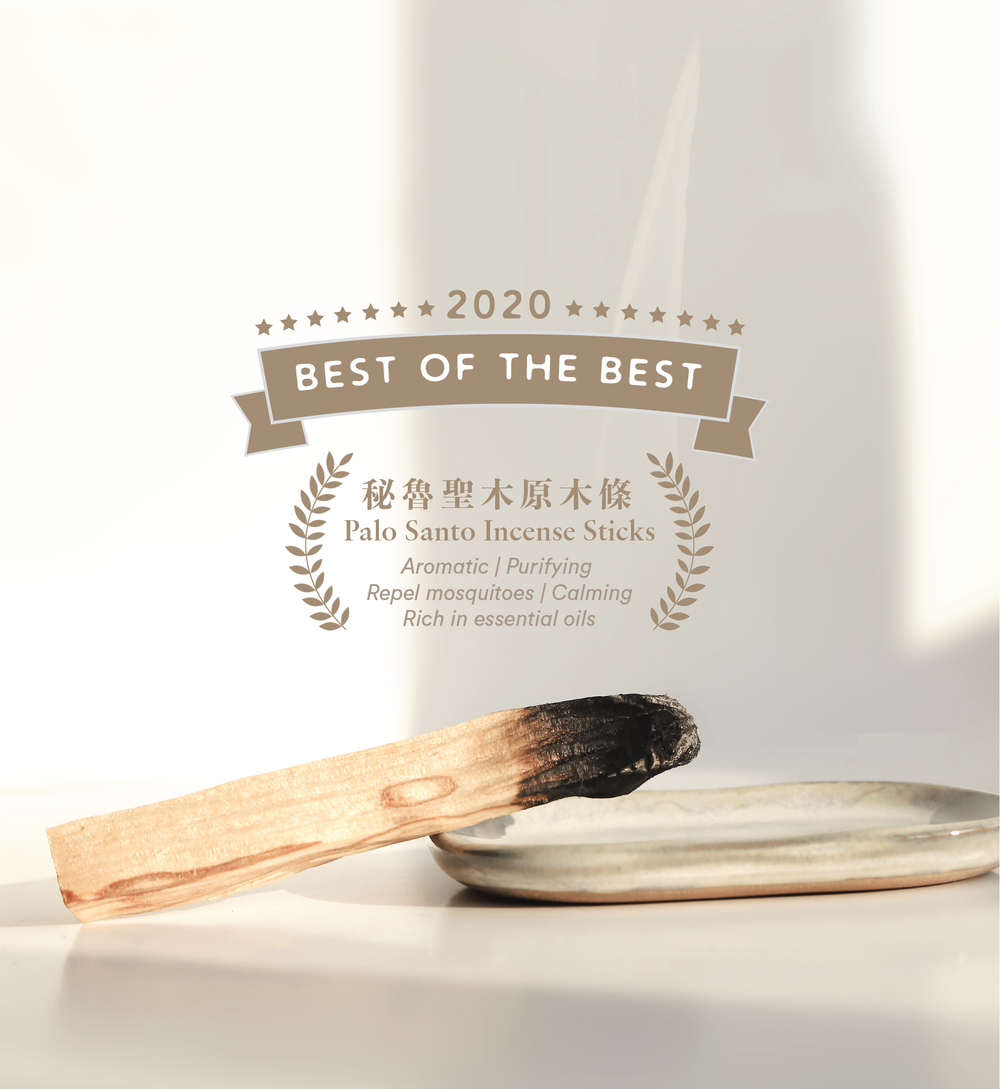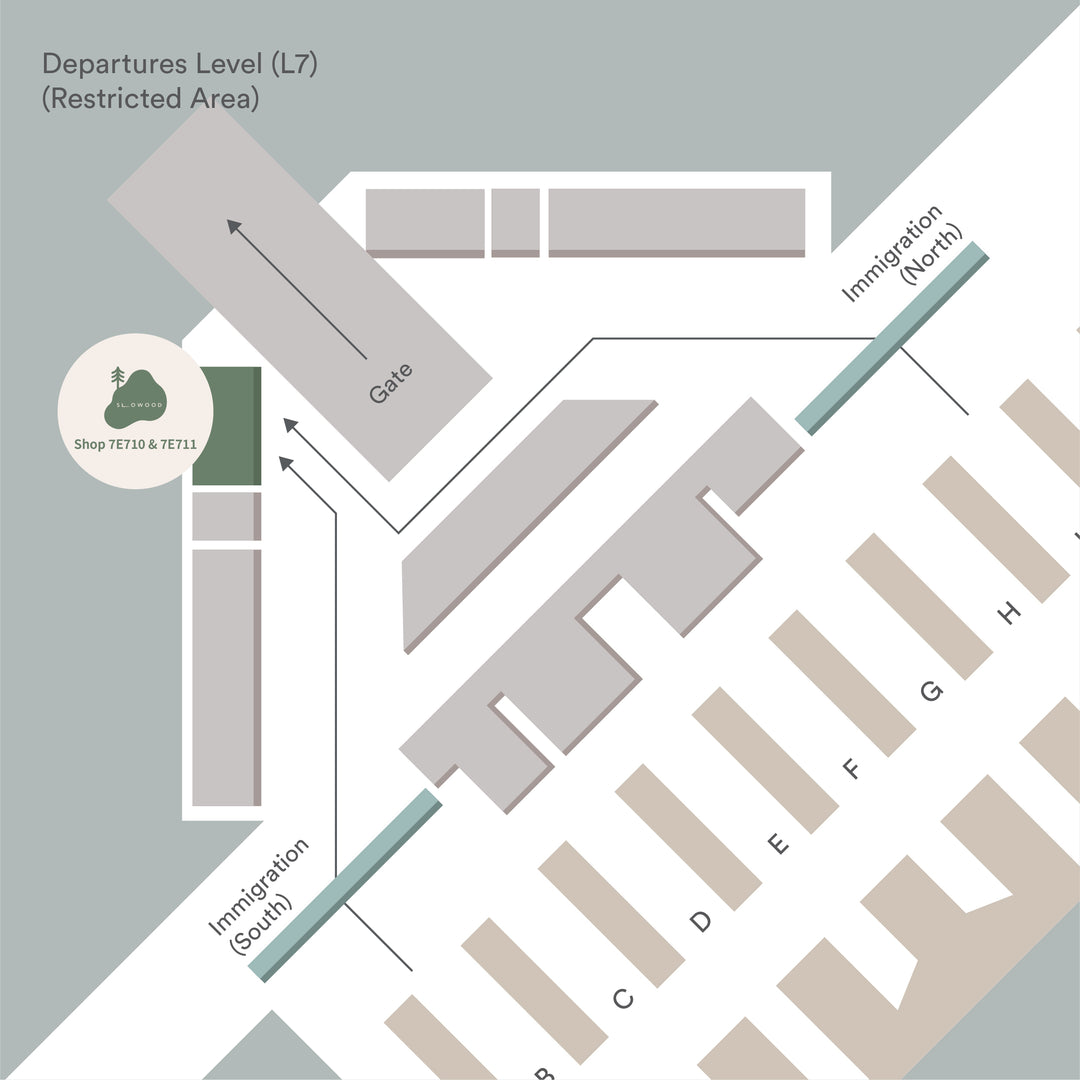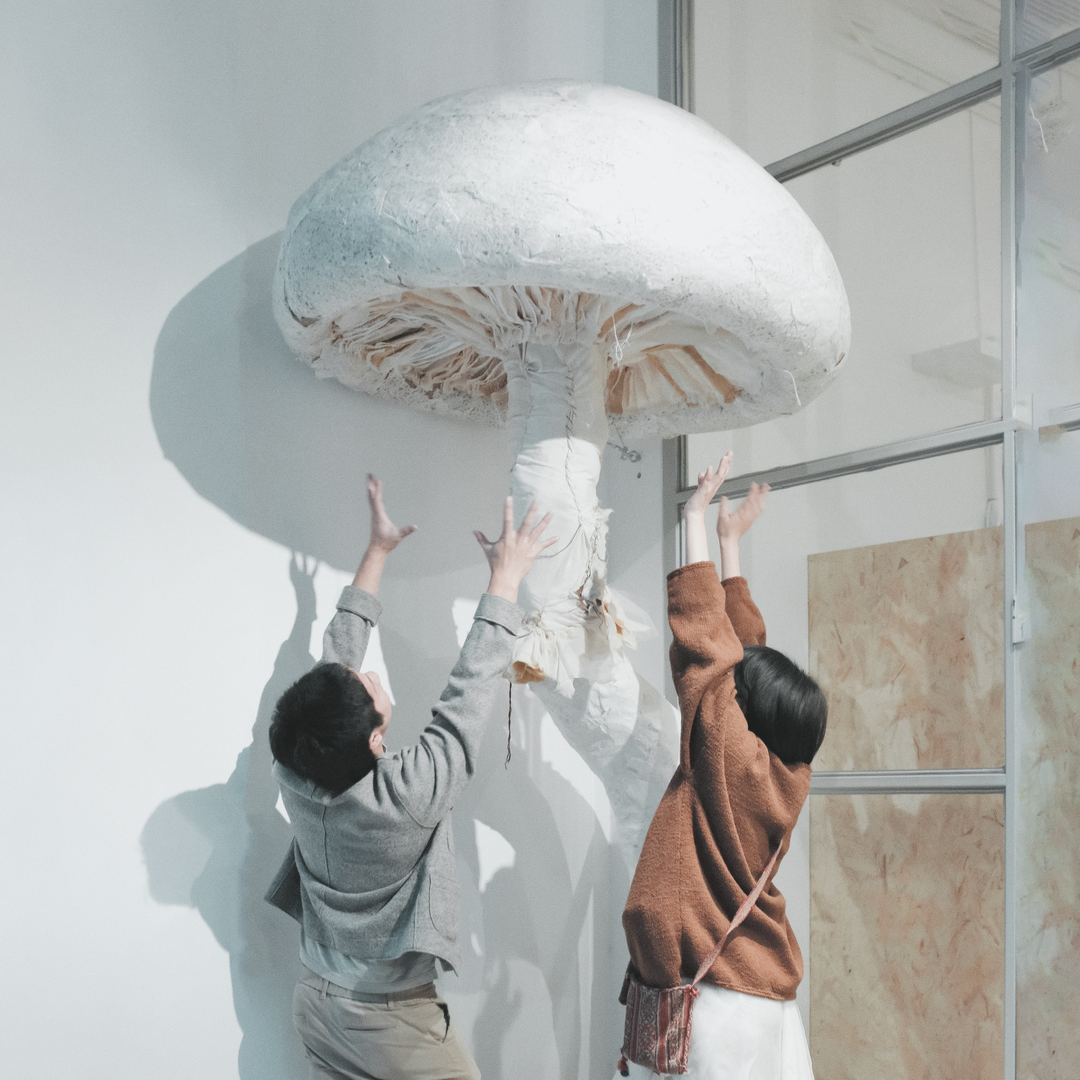The Regenerative Power of Soil
Text by Eugenia Chow
Carbon is notorious for its contribution to climate change. Its ubiquitous presence in our atmosphere subjects it to vilification for environmental degradation. However, what people often fail to acknowledge, is that Carbon is not inherently bad. Carbon is the building block of life, and whether it becomes a problem or solution simply depends on a matter of balance.
The Earth has five pools of Carbon storage: The Atmosphere, Oceans, Biosphere, Fossil, and Soil. Currently, Carbon has been extracted from the Fossil pool, sending over 880 gigatons of Carbon Dioxide into the atmosphere—destabilising our climate. Excess carbon is also sent to the oceans, leading to ocean acidification and mass extinction. Soil, on the other hand, is a much bigger carbon pool than the atmosphere and biosphere combined. Yet, our farmed soils have managed to lose 50-70% of their carbon stock.
The current relationship that most people have with nature/the land is degenerative. We are over-expending the natural ability for the land to replace it, and we’re depleting the world’s natural resources at a rate beyond which it may be replenished.
At the thought of soil, most of us conjure images of dirt...simple particles that belong under our feet. Little time is spent dwelling on this particulate matter, other than the fact that they provide fertile ground for plants to grow.
However, it appears that soil has the potential to regenerate our Earth and reverse climate change. According to Ryland Engelhart, the co-founder of Kiss the Ground, “Carbon, that is currently one of the biggest problems in our atmosphere, can be one of the biggest solutions when it is in our soil.” A regenerative model begets an upward spiral of biodiversity and abundance in the ecosystem.

Soil is essential to all life on land. It is the source of 95% of food produced, the base of all on-land diversity, and the reason we have clean water sources. It’s the most biodiverse ecosystem on the planet, the most scalable solution and the best carbon sink. Along with being low-tech and low-cost, harnessing the power of soil can help increase soil fertility and sequester carbon—posing a hopeful solution to climate change.
So how does this work?
“Carbon sequestration is not the end but the means to rebuilding highly functioning land.”
When bare ground/soil is exposed, water evaporates, microorganisms die, and carbon is released. Instead, what we want is more carbon going in than decomposed on the surface. Not only can harnessing the power of plants and the life of the soil food web help sequester carbon, but it can also build back the structure of the soil so that all of the Earth’s most amazing and complete ecosystem can be in abundance.
We’ve all heard of photosynthesis—the process whereby Carbon Dioxide and water are converted into sugars and Oxygen with the aid of sunlight and Chlorophyll. However, we seldom observe the processes that take place beyond that.
During plant photosynthesis, 30-40% of the liquid sugars it makes leaks out of its roots to feed microbes. In exchange for the sugars provided by the plant, soil microbes in turn feed the plant—in a process that builds soil. The continued consumption of exudates as well as death of fungi create stable humus, which is how carbon is stored in the soil long term.
Carbon in the soil acts like your own home carbon water filter: it captures heavy metals and toxins that are unwanted in the water supply, reduces the need for toxic chemicals, and as a result, prevents the contamination of our watersheds.
Nature is designed to create a net carbon gain in the soil, and the goal here is to bring soil back into the soil/ground. To do this, we need to strategically build soil and adopt regenerative agricultural techniques and practices. Right now, sustainability won’t be enough. Sustaining what has already been degenerated doesn’t make sense; we need to regenerate first, then sustain after we’ve regenerated.
So how can we practice regenerative agriculture to increase the carbon sequestration capabilities of our soil?
5 Principles of Regenerative Agriculture—most of which can even be implemented at home!:
In farming, it’s always been customary to till the soil. However, the process of tilling rips the soil’s fungal networks to shreds—breaking apart soil aggregates, leaving soil structure weak and prone to wind and water erosion. Tilling removes residue and root penetration in the soil that keep the soil intact and help for water infiltration. Tilling exposes carbon based aggregates, microbes, and hyphie to the oxygen allowing them to turn into CO2. This makes it complex for soil ecosystems to thrive.
One Teaspoon of healthy soil can hold more organisms than there are humans on planet earth. By destroying soil, we simultaneously destroy the birthplace of life forms and few places for CO2 to be stored.
One of the biggest issues of farming is leaving our soil bare. As Judith Schwartz once said, “when soil is left bare, water evaporates, carbon oxidizes, and microorganisms die.” When soil is 70 degrees, all moisture is used for plant growth. When soil temperature reaches 100 degrees, only 15% is available for plant growth. At 130 degrees, all moisture is lost. And when the soil surface reaches 140 degrees, the microorganisms die out.
Every time we leave the soil bare we are only losing opportunity to pull carbon into the soil via photosynthesis and we are actively burning the soil aggregates turning soil carbon into CO2 by allowing it to oxidize (connecting carbon with oxygen through the burning process.)
Additionally, we are cutting off the “food” supply (photosynthesizing plants) to feed the organisms that keep the soil system functioning. Leaving soil uncovered also makes it susceptible to major water and wind erosion. When soil is covered, it is shaded and much less heat is in direct contact with the soil. The presence of cover crops reduces erosion and helps lower soil temperatures.
Including animals in the farming system closes nutrient loops and reduces the need for imported fertilisers. Fertilisers create Nitrous Oxide, a very potent greenhouse gas, which further contributes to global warming and climate change. However, deciding which species to incorporate depends on the farm’s unique ecosystem and climate.
Growing a diversity of plants helps cultivate nutrient dense soil, increase soil carbon, and reduce the risk of pests and disease. This is in contrast to monocropping, whereby farmland is dedicated to producing a single crop—thus depleting the soil’s nutrients over time.
All in all, healthy soil can pose several benefits—to the environment, human health, and biodiversity. Building soil can help reverse climate change, and the idea of pumping atmospheric carbon back into the ground has long been missing from the climate equation. To quote FDR (Franklin Delano Roosevelt), “A nation that destroys its soil Destroys Itself.” And as a parallel from CRO (Calla Rose Ostrander), “A nation that rebuilds its soil rebuilds itself.”
Slowood now has a gardening section at the Discovery Bay branch, where you can buy soil in bulk.
How to tell if your soil is healthy?
Bread & Flour demonstration
Needed: two pieces of bread, and a cup of flour
- What happens when you encounter rainfall
- Difference between the two: yeast
- Aggregating particles
- Making bread sponge-like material
- Plants making soil aggregated, carbon glues
- The two function very differently
- Rainfall simulator: cup
- Pour water through
Flour:
- Water piles up on the surface
- Run-off that carries with it, flour.
- Carries chemicals and topsoils
- Losing 4 tons of topsoil per acre per year
- Soil erosion
- Take finger and wipe top layer off: underneath = dry flour (dry soil/dirt/ground)
- Water infiltrated at the top
- If there was a plant,
- Rainfall didn’t get held and absorbed into soil
- Not filtering down to replenish underground water supplies (streams)
Bread:
- Healthy aggregated soil
- Soil sponge
- Feeding organisms that have the glues
- Like the yeast that glued the portions of the bread
- No run-off
- Absorbing water
- Water infiltrated represents a spring
- Plants covering bread, plants acting as air conditioning
- Putting out moisture through transpiration
- Absorbing the heat of the sun that’s been baking down on them
- Converting it into energy
https://www.onecommune.com/bread-and-flour-soil-demonstration-finian-makepeace
- Increased soil carbon, reverses climate change
- Increased water holding capacity and infiltration, improves drought tolerance and restores water supplies
- Increased soil aggregation and soil life = more fertility and ability to feed the world
- Increased nutrient availability and retention
- Decreased soil carbon, contributes to climate change
- Decreased water holding and infiltration, increases water runoff and drought
- Decreased aggregation and soil life = less fertility and more soil erosion, causes desertification
- Decreased nutrient availability and retention

- Should be sponge-like
- Bread vs flour?
these plants share the liquid sugars they produce with organisms such as Fungi and Bacteria in exchange for those organisms making minerals and water more available to them.
- From “the hidden half of nature”
- Rhizosphere (purple highlighted part)
- So plant can defend itself from disease
- Microbes making available nutrients the plant needs to grow and be health & prevent itself from disease
- Funghi giving minerals
- Don’t forget to talk about glomalin - healthy prairie system - 60% of carbon came from glomalin
- Each of those long root-like hairs called hyphae, are actually tubes that are able to produce enzymes to access minerals and pump those minerals and water back to the root at the same time, in the same tube, the plant is sharing liquid sugars to feed and build these strands. The strands are built from carbon. When they fall off the root or even when they are living, their protective covering, a sticky protein called “Glomalin” becomes a major aggregator and building of the soil structure. Literally glues the soil particles into structure that allows for water and air to flow and be absorbed into the soil.
- As you will see in further reading and videos, these strands can connect and make networks in the soil.
- Each hyphae
- Bidirectional flow
- Plant feeding extensions of these mycorrhizal fungi
- All strands covered in glomalin (sticky protein)
- Help aggregate the soil together
Building Healthy Soil brings life to everything.
- One Teaspoon of healthy soil can hold more organisms than there are humans on planet earth.
- Habitat for animals (smallest microbes to biggest organisms) being destroyed
- Principle and practices = more life in soil, more diversity, more opportunities for birds, bees etc to become incorporated
- Biodiversity leads the environment
- Humans are built from carbon; structurally formed from carbon
- Everything alive is carbon; source of the building blocks of life
- It is just out of place or balance.
- You and I are made of Carbon, Dinner is Carbon.
- Liquid carbon sugar in exchange for minerals and water
- Regenerative: Renewal or restoration of a body, bodily part, or biological system (as a forest) after injury or as a normal process. Bringing into renewed existence; generating again.
- “Everything in nature is regenerative, even death”
-
Degenerative: Destroy, deplete, reduce, kill
Sustainable: Survive, maintain
Regenerative: Thrive, renew, recreate
- Damaging soils gives off carbon (Allan Savory)
- Bare soil releases carbon (Allan Savory)
- Soil scientist Rattan Lal estimates that if we enhanced the carbon content of the planet’s soil by 2 percent, we could offset 100 percent of current greenhouse gas emissions.
- Increased plant uptake of minerals creates the ability for plants to photosynthesize more, which makes more sugars available for exuding and feeding fungal colonies who use that sugar to grow and access more water and minerals for the plant. The roots also exude sugars to feed bacteria who, in turn, use enzymes to extract minerals from soil particles and organic matter, allowing minerals to become plant available. Bacterial substances, and consumption of bacteria by nematodes, protozoa, earthworms, and arthropods, create smaller carbon based soil aggregates called bacteria aggregates. Healthy soil is full of carbon based soil aggregates and soil life.
The big difference between conventional and regenerative agriculture is whether or not you are treating all soil as a living organism that constantly needs to be fed carbon via living plant roots.
“Food is the nexus of most of our world’s health, economic, environmental, climate, social and even political crises”
-Dr. Mark Hyman Physician and best selling author
 |
Eugenia Chow Born and raised in Hong Kong, Eugenia is passionate about environmental justice and social responsibility. As a strong believer that individual actions carry tremendous weight, she runs a blog and Instagram page (@eugreenia), writing about how to live more consciously in Hong Kong. She also loves eating, exploring, or baking up some vegan goods! |














